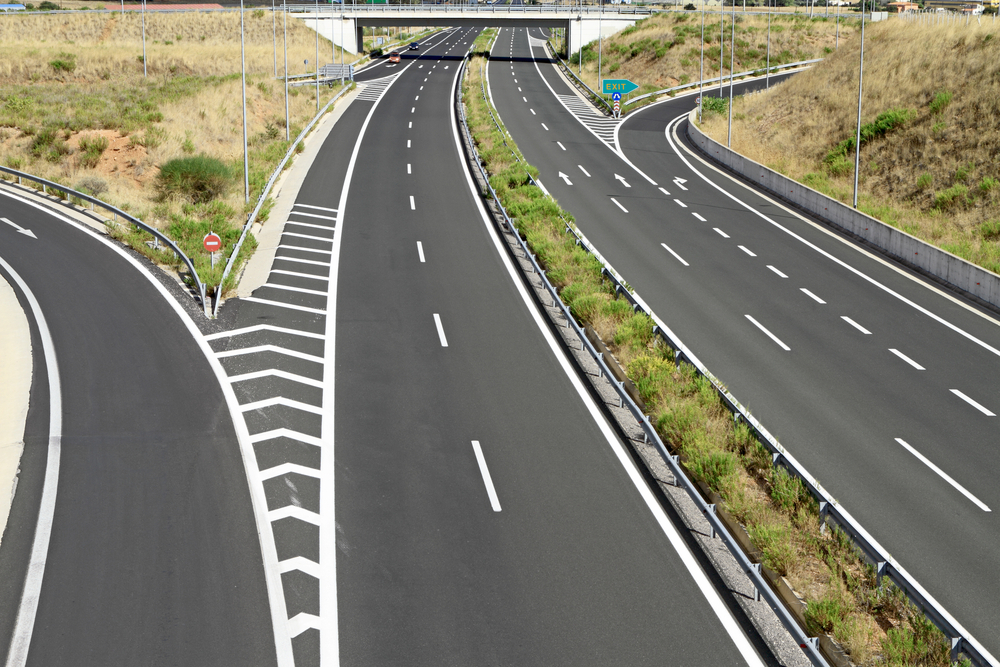Held up by traffic?
Posted 12/06/2019 by Luca Benedini

When planning a major road building project, there are thousands of questions to ponder. But ultimately it all boils down to one: how much traffic will there be? Infrata's Luca Benedini explains why.
In 2003, the UK's first major toll road opened. The M6 Toll is a northern bypass for the West Midlands around Birmingham. It provides an alternative to sections of the M6, which connects the West Midlands to the North West. The road was conceived to relieve pressure on the M6 and, of course, make reliable long-term profits for, its financial sponsors.
It did neither.
The project's sponsors originally estimated that 72,000 vehicles a day would use the 27 mile stretch of motorway. However, by 2016, the average was just 37,000 vehicles per day. Far smaller proportions of M6 traffic were diverting to the M6 Toll than expected – partly due to recessionary economic trends. The original projections overestimated journey time savings and how much motorists would be willing to pay for tolls.
In 2017, a group of 27 lenders sold the motorway to another investment fund.
The M6 Toll story illustrates the importance of accurately forecasting short term uptake as well as longer-term trends. This is especially the case when planning major infrastructure upgrades financially underpinned by toll revenues.
Increasingly, governments all over the world choose to fund toll roads, bridges and tunnels in partnership with international private finance. These public bodies understand the benefit of a private partner taking on demand and the accompanying revenue risk.
There are multiple stakeholders involved in the process – and they all require an accurate risk assessment when making traffic estimates.
However, the truth is that different stakeholders have different incentives. Positive estimates make the project more attractive; tendering authorities often rank bids on the basis of upfront payment and longer-term revenue-sharing components. This has obvious budgetary and related political benefits.
Lenders, on the other hand, are less interested in projection upsides. Large return on investments are not their main incentives. Their priority is to ensure that participating companies can meet their repayment obligations throughout the project.
If traffic forecasting were simple, all sides would arrive at a similar assessment of risks. Obviously, it's not. There are different incentives at play. Forecasting is complex, which is why estimates can vary so wildly.
At Infrata, we use experience-based judgment to deliver robust independent forecasts (and more importantly the underlying risk assessment) back to our clients. We have a team of advisors that understand risk, and have worked on major infrastructure projects all over the world. We like to partner with people who have local knowledge, on the basis that their local expertise combined with our methodological approach will yield the most informed projections.
We also use advanced data modelling to arrive at robust assessments of the outcomes. Although these models can be hugely sophisticated, their projections depend on answering simple questions such as:
How many journeys are people making through an area now and in the future?
This depends on broad economic prosperity, the stage of economic development, and the distribution of growth. Results must then be correlated to car ownership and per capita use trends as the context evolves. Along with these high-level evaluations, the more granular question of drivers’ route choice is equally critical.
What benefits does the tolled asset offer?
Ultimately time is money, so the key question for road users is: how much time am I going to save by using the tolled asset? The unpredictability of congestion on one part of the road network makes the reliability of a journey as important as its duration. These are some of the behavioural factors that justify paying large tolls, some of which can even be charged on express lanes parallel to free lanes.
How much are people willing to pay in anticipation of a faster route?
Is the value of time the same for everyone? What are the variables? Do drivers value their time spent on business trips the same as for visiting family and friends?
See? It's complicated. At Infrata, we have worked hard to win the trust of the lending community, so they keep coming back over the long term. Our cutting-edge analytical tools and decades of industry-specific experience ensure they do.
Want to find out more? Get in touch!